Top 5 Most Deadliest Animals in the World
When we think of deadly animals, our minds often jump to lions, sharks, or other apex predators. But the true killers of the animal kingdom aren’t always the largest or most fearsome-looking creatures. In fact, some of the world’s deadliest animals are small, silent, and strike without warning—or even touch.
This list of the Top 5 Deadliest Animals in the World ranks creatures based on the number of human fatalities they cause each year. From venomous bites to disease transmission and raw brute force, each of these animals poses a serious threat to human life, whether through stealth, strength, or biological warfare.
Get ready to meet nature’s most dangerous killers—not just by appearance, but by the real numbers.
5. Elephant
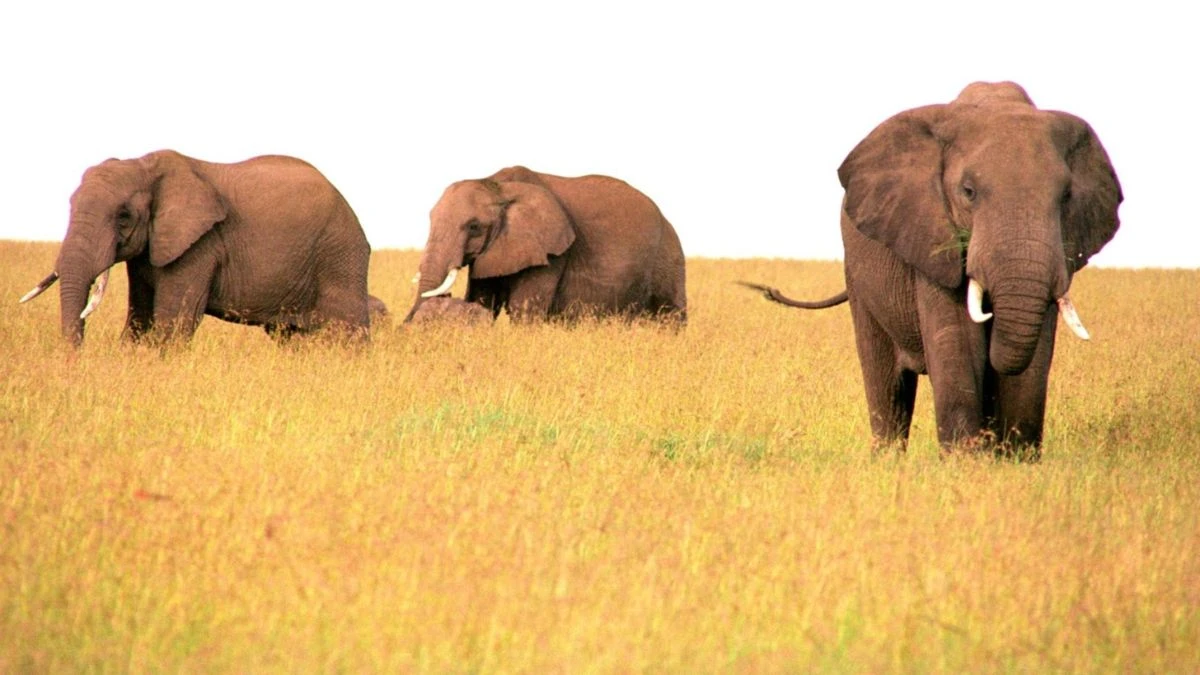
- Estimated Human Deaths per Year: 500
- Primary Danger: Unpredictable aggression and trampling
Gentle giants? Not always. While elephants are typically peaceful, they can become extremely aggressive when provoked or threatened—especially during musth (a state of heightened testosterone in males) or when protecting calves.
In parts of Africa and Asia, elephants sometimes enter human villages, damaging crops, homes, and lives.
With increasing human-wildlife conflict due to habitat loss, these powerful animals have been known to attack without warning.
Interesting Insight: An adult elephant can weigh up to 6,000 kg and charge at speeds of 25 mph—making them nearly unstoppable once agitated.
4. Scorpion
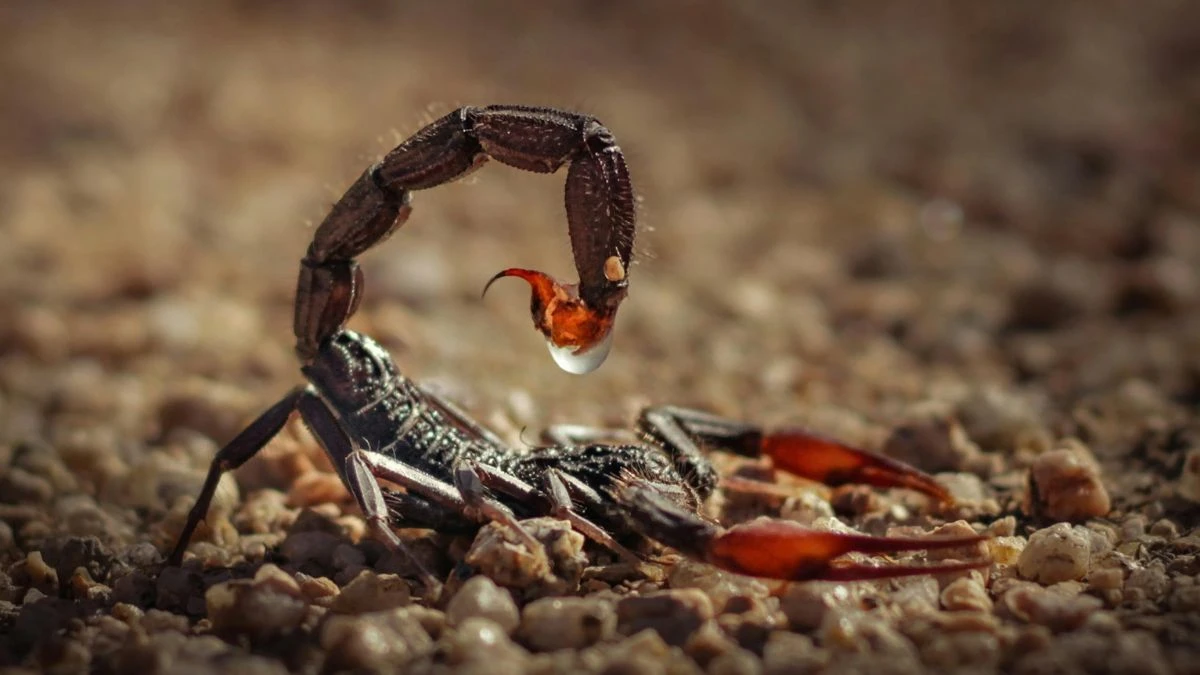
- Estimated Human Deaths per Year: 3,000–5,000
- Primary Danger: Venom toxicity in children and the elderly
With over 2,000 species, most scorpions are harmless. However, about 30 species have venom potent enough to kill a human.
The most dangerous—like the Indian Red Scorpion—deliver neurotoxins that can cause heart failure, especially in children.
Deaths are most common in regions like North Africa, India, South America, and the Middle East, where people live in close contact with scorpion habitats.
Did You Know? Scorpions glow under UV light thanks to a substance found in their exoskeleton.
3. Dog (Specifically Rabid Dogs)

- Estimated Human Deaths per Year: 25,000–35,000
- Primary Danger: Rabies transmission
Yes, man’s best friend is on this list—but not without context. The vast majority of dog-related deaths come from rabies, a viral infection transmitted through bites.
While rabies is nearly 100% preventable through vaccines, it remains fatal once symptoms appear.
In many developing regions, unvaccinated stray dogs are the main carriers. Public awareness, mass dog vaccinations, and access to post-bite treatment are essential to reduce the death toll.
Surprising Fact: Over 99% of human rabies cases are caused by domestic dogs.
2. Snake
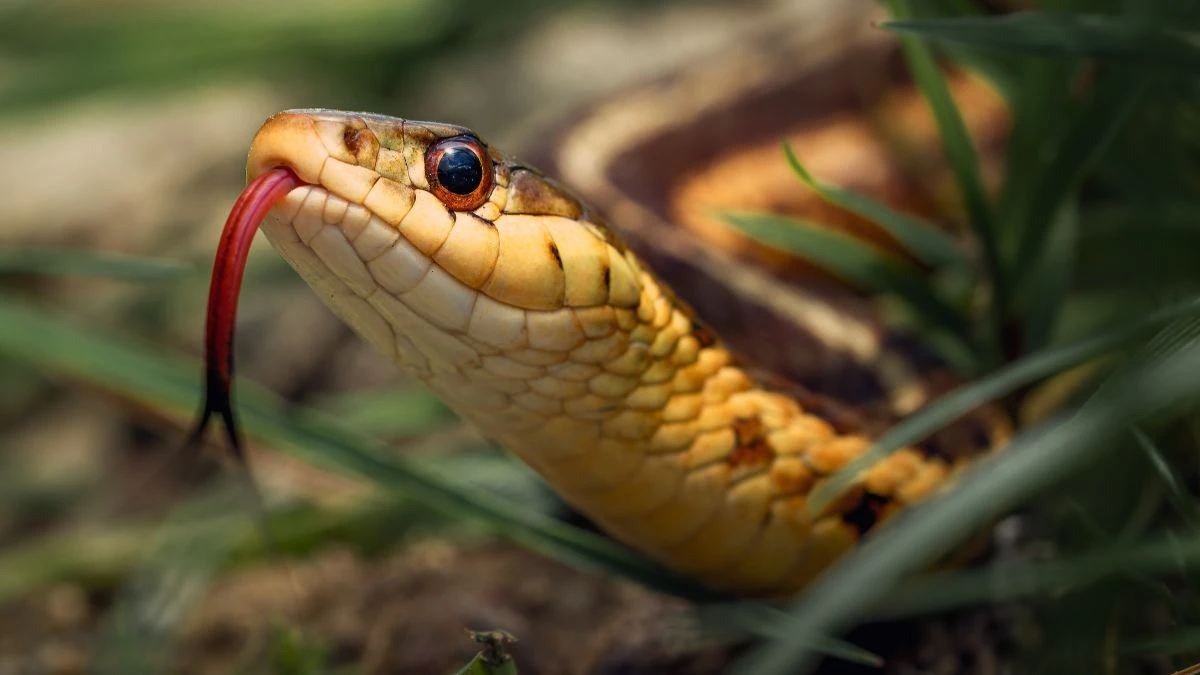
- Estimated Human Deaths per Year: 100,000+
- Primary Danger: Venom and lack of access to antivenom
Snakes come in thousands of species, but only a few hundred are venomous—and even fewer are deadly to humans. Yet snakebites remain a serious health crisis in rural parts of Africa, Asia, and Latin America.
From the lightning-fast strike of the Inland Taipan to the stealth of the Russell’s Viper, snakes cause death by injecting venom that can paralyze, suffocate, or destroy internal organs. Many victims never reach a hospital in time for treatment.
Note: The World Health Organization classifies snakebite envenoming as a “neglected tropical disease” due to its global impact and lack of funding.
1. Mosquito
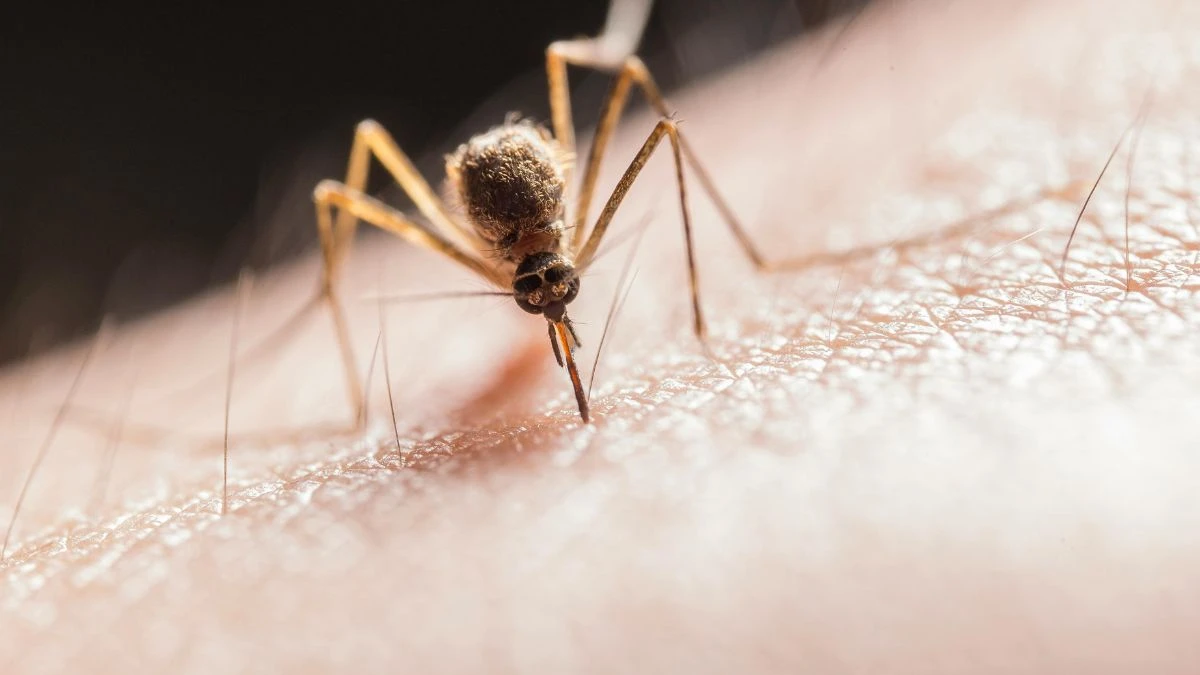
- Estimated Human Deaths per Year: 725,000+
- Primary Danger: Disease transmission
It might be hard to believe, but the deadliest animal in the world fits in the palm of your hand. Mosquitoes are responsible for spreading life-threatening diseases like malaria, dengue fever, Zika virus, yellow fever, and West Nile virus.
Their danger lies not in their bite, but in what they carry. In many parts of the world, particularly in tropical and subtropical regions, one mosquito bite can be enough to trigger a fatal illness.
Quick Fact: Over 400,000 people die from malaria alone each year, with children being the most vulnerable.
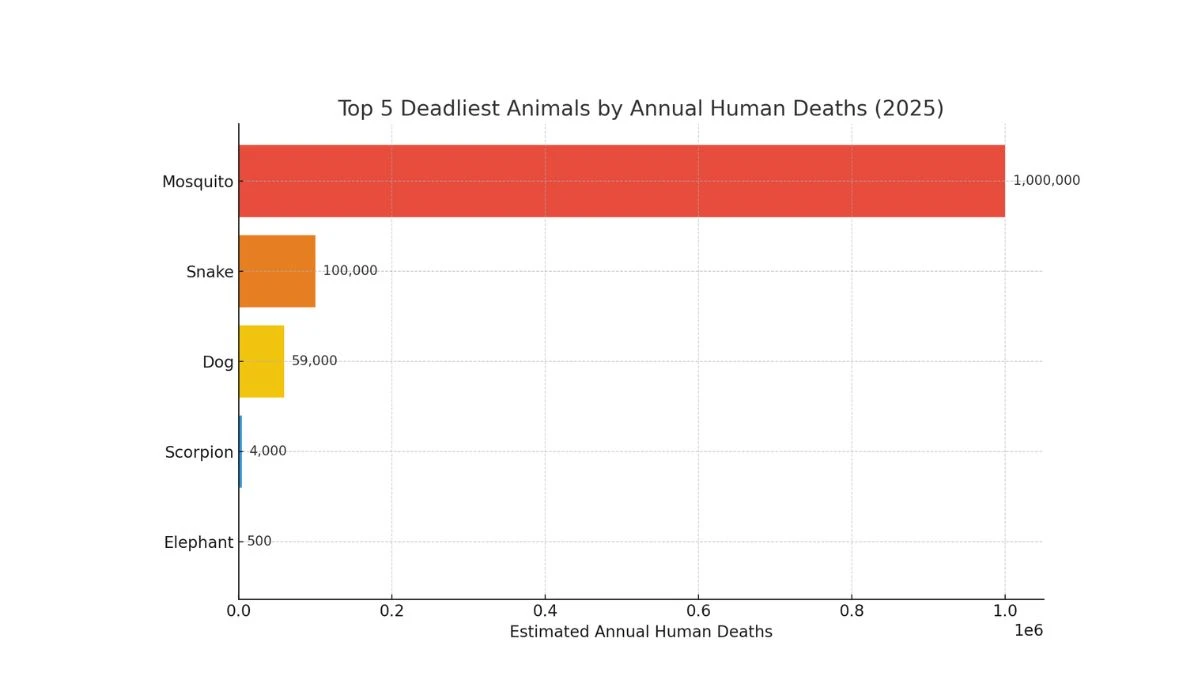
Deadliest Animals at a Glance
| Animal | Estimated Deaths/Year | Geographic Spread | Method of Lethality |
|---|---|---|---|
| Mosquito | ~1,000,000+ | Worldwide (tropical & subtropical) | Disease (malaria, dengue, Zika, etc.) |
| Snake | ~100,000 | Africa, Asia, Latin America | Venom (neurotoxic, hemotoxic) |
| Domestic Dog (Rabies) | ~59,000 | Asia, Africa | Rabies virus through bites |
| Scorpion | ~3,000–5,000 | Africa, South America, Middle East, India | Venom (neurotoxic, cardiotoxic) |
| Elephant | ~500 | Africa, Asia | Trauma (charging, trampling) |
Behavioral Facts Box
Quick Animal Behavior Facts:
- Mosquitoes are more attracted to people who’ve been drinking beer or are wearing dark colors.
- Snakes can still bite hours after death due to residual reflexes.
- Rabid dogs often show strange behavior like chewing on rocks or snapping at air.
- Scorpions can go a full year without food.
- Elephants have excellent memories and can remember people who’ve harmed them years earlier.
Safety Tips Section
How to Stay Safe Around These Animals?
- Use mosquito nets and repellents when traveling in tropical areas.
- Wear boots and long pants in snake-prone regions.
- Vaccinate pets and report stray dog bites immediately.
- Check shoes and bedding for scorpions before use.
- Keep a respectful distance from wild elephants—never provoke them.
























































